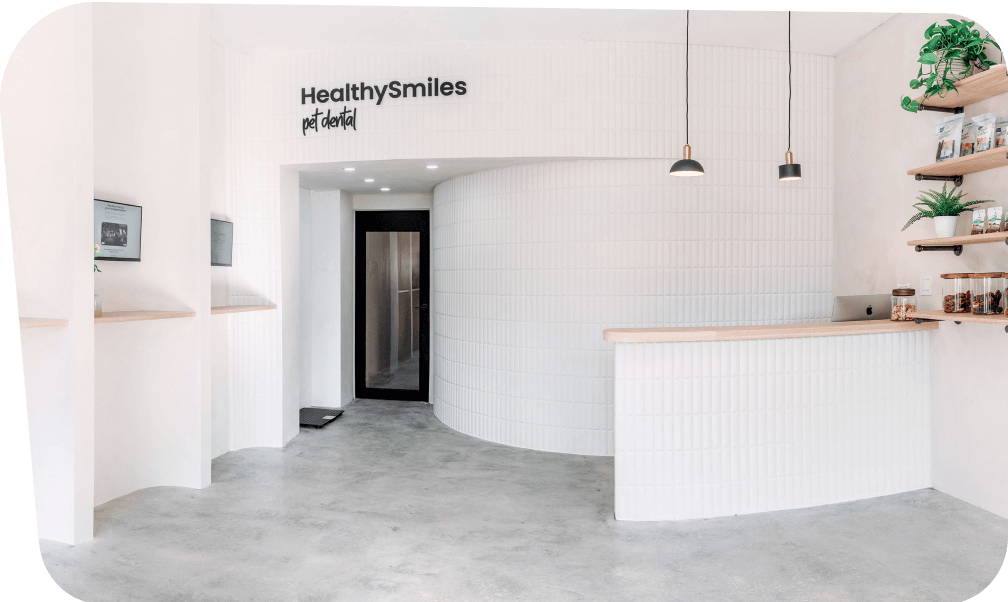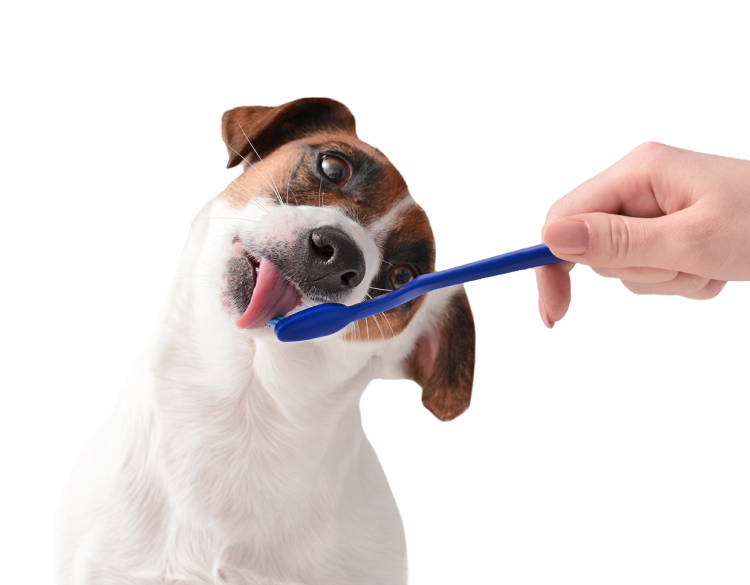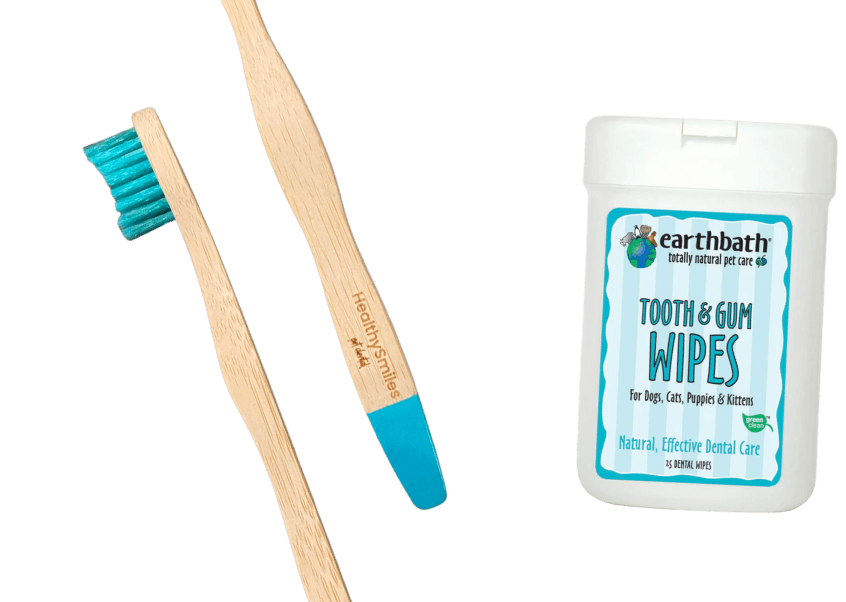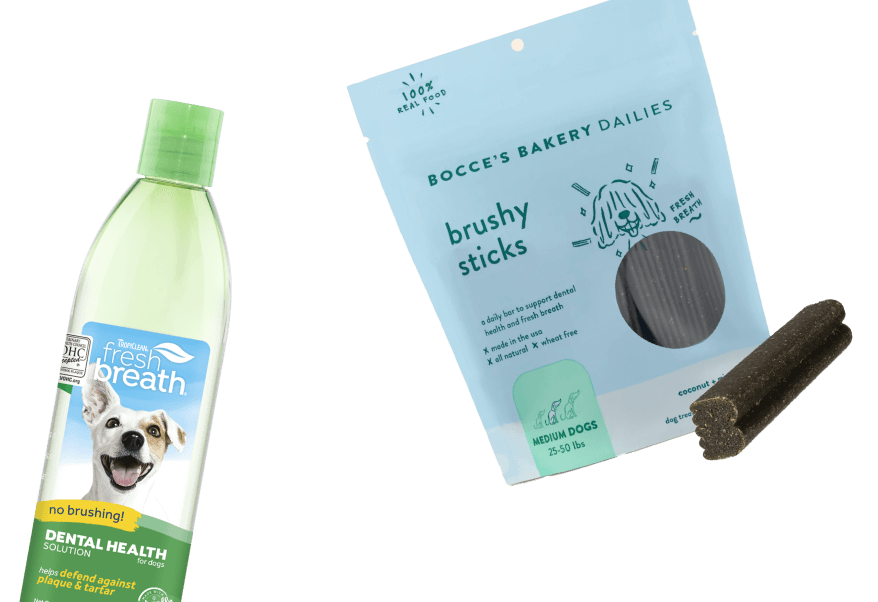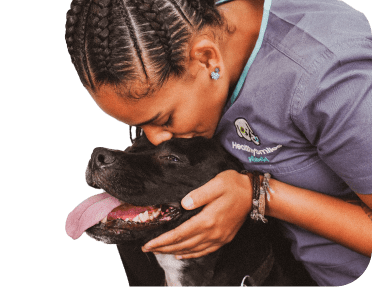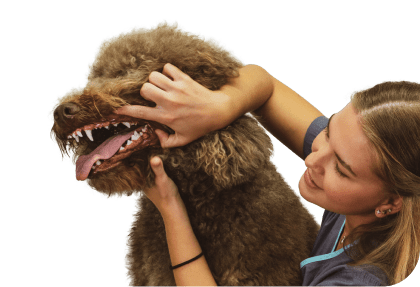Is Non-Anesthetic Teeth Cleaning Safe for Dogs?
August 5, 2020‘Anesthesia-free teeth cleaning’ is another common phrase used by veterinarians and pet parents!
“Is it safe?” is one of the questions we get asked about our pet dental cleanings all the time by pet parents. Yes, it is!
A veterinarian may not want to anesthetize a medically compromised pet, and they will instead use another approach to clean a dog or cat’s teeth. You can have your pet’s teeth cleaned without anesthesia whether they’re young and healthy or have health issues.
Does your dog have health complications? A heart condition may be the reason you’re considering an anesthesia-free dental for your pet. Throughout the article, a few myths are debunked about these low-key non-anesthetic procedures. They’re perfectly safe and health issues are legit reasons to consider this service. Let’s back up and start with the facts and address some myths along the way.
1. How important is a pet dental cleaning?
During a non-anesthetic dental cleaning, your pet’s teeth are safely cleaned without the use of any sedatives, anesthesia, and/or medications.
Myth: There is no ‘trained professional’ performing a complete oral examination and a treatment plan for your pet if they’re not anesthetized. Let’s debunk this myth.
True: Dental technicians undergo extensive and continual dental and behavioral training to ensure the best quality of care. During the dental, the technicians will refer clients to their pet’s primary veterinarians if they observe any health issues. Learn exactly how our pet dental cleanings work here.
2. Can your pet’s teeth be cleaned without anesthesia? Is it safe?
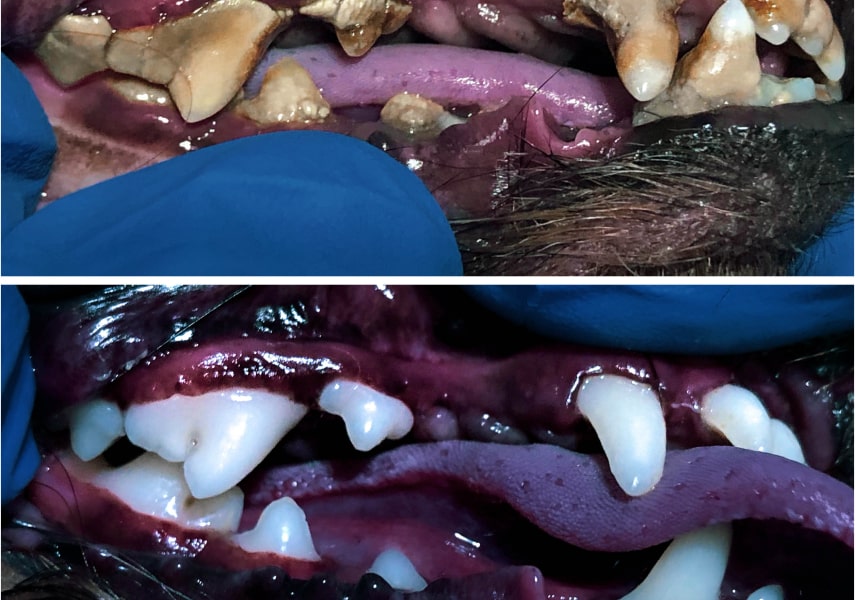
They will then use an alternative approach to clean the pet’s teeth.
During a non-anesthetic dental cleaning, your pet’s teeth are scraped above and below the gum line. All plaque and tartar are gently removed and rinsed away.
This is a non-invasive procedure that is very similar to when we go to the dentist to get our teeth cleaned. Every pet is treated as an individual and special instruments typically with blunt edges are used to clean the teeth and any areas that may need a deeper cleaning. The entire cleaning is under an hour.
Myth: This service is unsafe. Let’s debunk this myth.
True: These procedures are completely safe! Non-anesthetic dental cleanings don’t require blood work or medication, there are no side effects and no recovery time. These are performed by dental technicians. Some states do require a veterinarian present while the procedure is being performed.
3. What pets are good candidates?
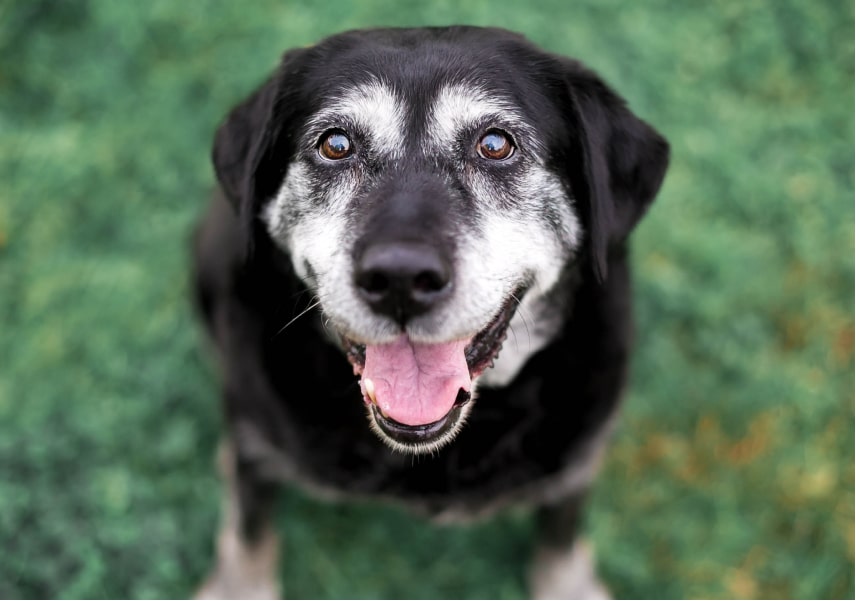
If your dog or cat has a small amount of tartar, the veterinarian or technician doesn’t find any deep pockets during the initial exam, and the pet is friendly (aka cooperative) then your dog or cat will benefit from non-anesthetic dental cleanings.
Senior pets are wonderful candidates for this type of dental cleaning. Older dogs can be prone to hypothermia which will slow their metabolism and recovery from anesthesia. With that in mind, other complications include low blood pressure, low heart rate, or low blood oxygen so a comprehensive exam should be given to determine the most appropriate procedure. Non-anesthetic dental cleanings are a great alternative.
According to the Whole Dog Journal, there are four main candidates for non-anesthetic dental cleanings:
Dogs with tartar-encrusted teeth that exhibit the following:
- Poor kidney and/or liver function (determined with a blood test)
- Congenital heart defects (including murmurs), impaired heart
function (such as congestive heart failure) or arrhythmia - A recent injury or infection of any kind (even skin infections,
including “hot spots,” are good cause to delay scheduling any
procedure that requires anesthesia) - A history of seizures
In addition to senior pets or animals with health issues, this type of treatment is also a good fit for healthy young pets that have a small amount of tartar. The goal is to prevent periodontal disease in younger animals.
4. Why are some vets opposed to anesthetic alternatives?
Many veterinarians are concerned that dental technicians who provide anesthesia-free teeth cleanings aren’t well trained or aren’t working with veterinary support. Yet some are even licensed veterinary technicians that receive extensive anesthetic dental training while in school and have done hundreds of anesthetic dental cleanings in a clinic. The other concern is vets think that an oral exam isn’t performed well and the technician cannot identify health issues they see during the cleaning.
At HealthySmiles, we train our dental technicians for three months before they perform non-anesthetic dental cleanings. Professional non-anesthetic dental cleanings always include a comprehensive evaluation of the pet before and after the procedure.
Myth: These anesthetic-free dental cleanings are intended to replace anesthetic dental procedures. Let’s debunk this myth.
True: These anesthetic-free cleanings are not meant to replace dental surgery for pets with severe gingivitis, fractured teeth that affect the roots, abscesses, stomatitis, tumors, root exposures, and severe tooth mobility. These are maintenance cleanings for pets and they’re meant to complement anesthetic cleanings to prevent periodontal disease.
5. What are the benefits and risks of a shorter procedure?
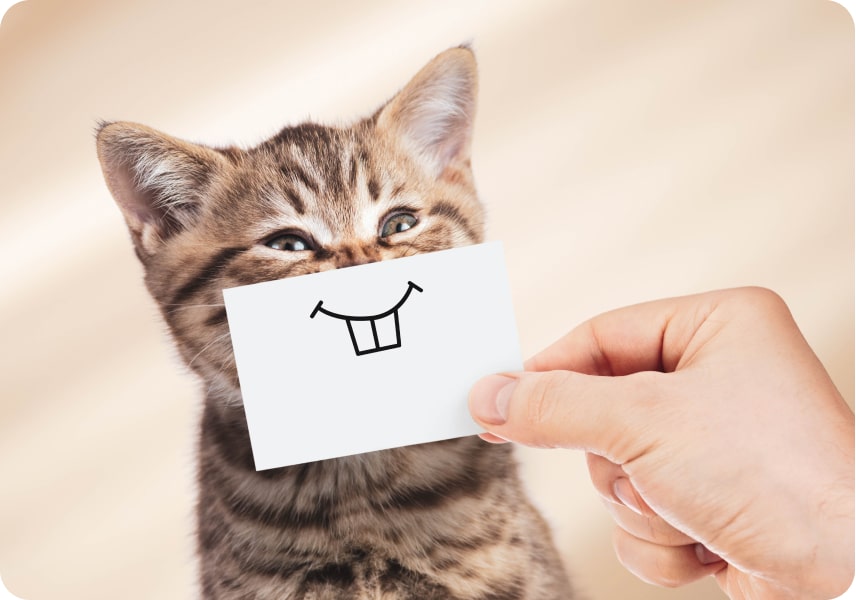
Pets with anxiety often do better when a procedure is shorter. Non-anesthetic dental cleanings are a great alternative for pets (cats!) and the owners simply stay away from the area of the procedure but they’re still just a room or two away! They’re close by but out of sight from the pet since dogs and cats always want to be with ‘mom’ or ‘dad’. The dental technicians work with the animal in a room set-up where the procedure can be done safely.
The technician will keep your animal comfortable during this short procedure. It lasts under an hour! It’s as fast as a routine wellness appointment.
What about the risks? Your dog or cat may be tired and may experience temporary gum irritation following their non-anesthetic dental cleaning. There are always risks to consider when working with animals whether it’s bloodwork, a surgical procedure, or nail trims.
- No anesthesia or sedation is used. Pets are 100% awake for the procedure.
- No recovery time.
- No blood work is necessary.
- Fast procedure: only 45-60 minutes.
- Reduces bad breath.
- Improves the quality of life of your pet.
- It’s affordable: Non-anesthetic dental cleanings are ⅓ the cost of an anesthetic one making it affordable for pet parents to return every 6 months for a routine cleaning.
Non-anesthetic dental cleanings are as effective as anesthetic dental cleanings for routine and preventive cleanings.
If you have any additional questions, please visit our FAQ’s and let us know if you’d like a consultation.






